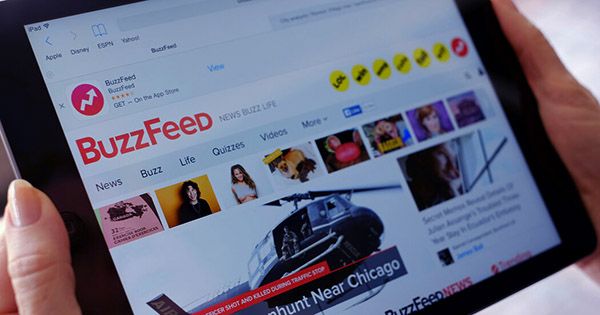Digital media organization BuzzFeed announced today that it will go public through a SPAC or blank check agency. BuzzFeed further stated that it would purchase another media firm Complex B $300 million in cash and shares in BuzzFeed; the SPAC agreement will help finance the purchase of the complex. The transaction will see 890. Fifth Avenue Partners Inc., a government agency, merges with an enterprise valuation of approximately $ 1.5 billion after the completion of the merged entity.
BuzzFeed’s SPAC partner is bringing $288 million in cash to the table, and BuzzFeed wants to raise another $150 million for a convertible debt offer. In crude numbers, BuzzFeed is a huge company with millions of dollars in annual revenue and a fairly break-even business in recent years. The company’s investor presentation expects most flats to grow after 2020 and increase profitability over time. So let’s get to the presentation of the company’s investors. We want to know about its historical growth, expected growth, revenue mix and profitability, as well as how the company thinks about its news division. Let’s go! I have divided each of our points into its own miniature, so feel free to move on to a specific point!
Why is BuzzFeed buying the complex? In part, because it adds a scale of viewers to its platform, the key to the company’s expected future advertising revenue growth (more on that at a moment’s notice). The complex also added a lot of revenue to its overall top-line image. For example, we see the following numbers in BuzzFeed’s historical earnings statistics:
- 2020: $421 million.
- 2019: $425 million.
However, the historical and historical results of the organization are included, including the complex. Here is the company’s historical income (gray) and the complex’s own (black) breakdown. The aggregate statistics are that BuzzFeed notes in its running metrics:
From this breakdown, we can see that BuzzFeed expects 19% growth from the complex in 2021 and only 23% growth from the acquisition group in 2022. On the next slide, BuzzFeed grew 4% in 2019, including the number of historical complexes. In 2020 this number decreased to -1%.
















